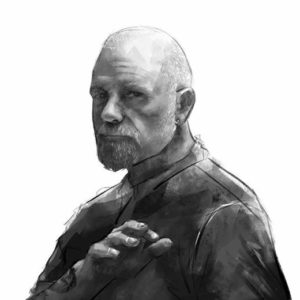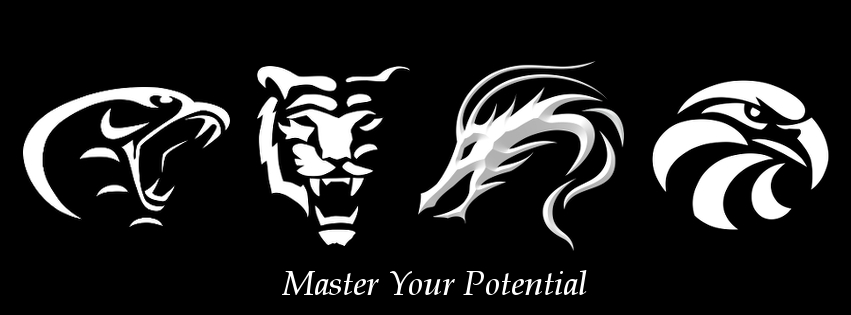I want to consider four areas of focus. I’ve broken these down into: Internal General, Internal Specific, External General and External Specific. This is not an entirely unique distinction but I find it helpful.
These levels of focus are progressive in Kung Fu training. When you first learn a technique in Kung Fu we will often break it down for you in terms of what each part of your body does. We might say to hold your hand thus and move your arm thus, but you will soon realise that if you tried to actually focus on every bit of your body to get the technique just right, your conscious mind would lack the capacity. So often we have to find tricks that work for most people, like saying “imagine that you’ve misjudged the last step of your stair and you drop all your weight on one foot” or “imagine that you are flicking water off your toes” or “imagine that you put the ball of your foot on your car bumper and push it”. All of these are attempts to engage your whole body with examples that your unconscious mind already knows how to enact, and thus get many areas of your body to do specific functions. As you will realise, it is never just about the position of each part of your body. It is also about how each part moves, the dynamic tension and acceleration curve. Of course once you have the whole body movement, we then start to go back to specifics again, like, “now just point your toes more” or “turn your shoulders this way”. Now these are examples of Internal focus which are necessary for learning a technique and I have known martial arts that stop there and the learner presumes that they have mastered a skill. But let me make a comparison with archery (yes, it is a martial art). If you got you stance, your bow grip, your draw, your anchor, your release and follow through perfect, but hadn’t yet looked at the target, you wouldn’t have mastered shooting. You could make comparisons here with focusing on specific parts of the body and focusing on the whole body, but it is more obvious that some attention needs to be given to external focus. With archery the specific external focus will be the target, while the general focus will be all of the peripheral details, like wind, elevation, distance, other people moving around etc. With Kung Fu, your first introduction to an external specific focus is often a target pad. Everyone has to learn how to perform, for example, a kick to a particular height and distance and discovers that they can have a kick perfectly performed yet still miss. Like the archer who has their shot perfectly done, yet watches their arrow sailing over the target. Now here is a tip, actually focus on the pad. When you miss it, your own unconscious mind that is dealing with the hundred details of your body’s movement will make the corrections for you. If you turn your focus back to some specific internal detail you are unlikely to make much improvement in accuracy, because when it comes to an external focus your unconscious is better at putting all the many details together. If you are doing a round kick and are hitting with your toes you’ll still be told to point your foot so you don’t hurt yourself, but it won’t help your accuracy. Oddly enough, missing and not (consciously) worrying about it is often the fastest way to make progress. You focus on the target and let your amazing unconscious work it out, because if you try to make little internal corrections, you might get lucky, but as often as not, you’ll just get frustrated. This, by the way, holds true for basketballs, darts or stones. When you threw a ball for the first time, when you were two or whatever, you didn’t aim very well, but you didn’t care, and would have had no idea how to make corrections, even if you’d have wanted to. You just kept at it and your unconscious made corrections. Consider how you aim a thrown stone or when you chuck your keys at someone. You are hardly aware of how you aim, you just focus on exactly where the target is, you certainly don’t focus on any particular internal action. That’s the way to aim at a pad.
It is only when you have a human opponent that you begin to use a generalized external focus. In fact the most common mistake at this point is having one’s focus either directed internally or on an external specific, like an opponent’s fist. This is where the vision needs to be in the peripheral and the focus as broad as possible, including all the senses.
Now anyone who has been genuinely afraid or totally furious will know that in such situations the focus becomes very tight and specific, even to the point that you can’t hear or feel your friend trying to pull you back, or notice the second attacker to your side. This is why your focus has to be General External in real combat. For this reason your Kung Fu training needs to incorporate an awareness of, and some control of, your emotions to enable your to control where your focus is.









